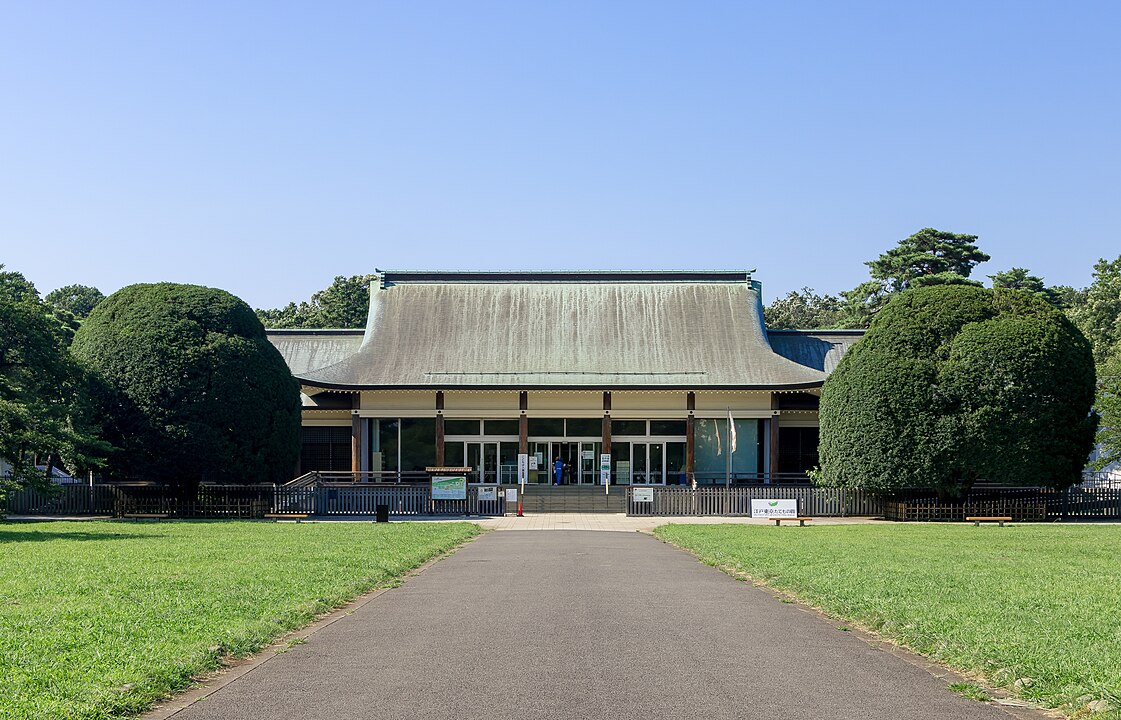A Journey Through Time in Historical Architecture
The Edo-Tokyo Open Air Architectural Museum is a unique outdoor museum located in the western suburbs of Tokyo. It offers visitors an exceptional opportunity to step back in time and experience old Tokyo firsthand through a collection of historical buildings from the area.
Museum Highlights
- Showcases historical buildings from the Tokyo area
- Most structures date from the Meiji Period (1868-1912) or later
- Includes a politician’s residence, farmhouse, public bathhouse, and more
- Preserves Tokyo’s architectural history in its entirety
Rich Historical Background
The Edo-Tokyo Open Air Architectural Museum was established to protect architectural heritage that had nearly disappeared due to fires, earthquakes, wars, and urban redevelopment. By relocating or reconstructing these precious historical buildings, the museum presents a vivid chapter of architectural history.
Detailed Introduction to Main Exhibit Areas
Politician’s Residence
The politician’s residence is one of the most striking buildings in the museum. This elegant home, originally belonging to a prominent political figure, perfectly showcases the lifestyle of high society during the Meiji period. The interior is beautifully decorated with carefully curated furniture, transporting visitors to a noble mansion from a century ago. The garden design is ingenious, blending Japanese and Western landscaping elements, reflecting Japan’s absorption and integration of Western culture at the time.
Farmhouse
The farmhouse exhibit presents scenes of traditional rural life in Japan. It preserves a typical Japanese farm, including the main house, barn, and other outbuildings. Visitors can closely observe the wooden structure of the farmhouse, its thatched roof, and the layout of the living spaces inside. The display of farming tools and recreated living scenes vividly demonstrate the daily life and work of Japanese farmers, offering deep insights into Japan’s agricultural culture.
Public Bathhouse
Public bathhouses (sentō) are an integral part of traditional Japanese culture. The reconstructed bathhouse in the museum fully preserves its original architectural features and interior layout. Visitors can admire the beautiful tile decorations, wooden lockers, and spacious bathing pools. This exhibit not only showcases Japan’s unique bathing culture but also reflects the important role of public bathhouses as community centers.
Shopping Street
The museum’s shopping street exhibit brings together various traditional shops, including grocery stores, pharmacies, and barbershops. Each shop is carefully arranged to showcase the commercial environment and business practices of different periods. Visitors can experience the everyday life of old Tokyo and learn about the development of various trades. These shops not only display goods and tools but also recreate interaction scenes between shopkeepers and customers, vividly presenting traditional Japanese commercial culture.
Police Box (Koban)
The police box exhibit allows visitors to understand Japan’s unique community policing system. These small police stations are found throughout Japan and are crucial facilities for maintaining public safety. The police box in the museum retains its original architectural style and interior furnishings, showcasing the working environment and tools of the police. Through this exhibit, visitors can gain a deeper understanding of Japan’s approach to community safety management and police-community relations.
Best Time to Visit
Spring and autumn are the best seasons to visit the Edo-Tokyo Open Air Architectural Museum. In spring, cherry blossoms add a touch of pink to the ancient buildings, while in autumn, the red leaves throughout the garden create a beautiful contrast with the traditional structures. Additionally, the museum hosts various special exhibitions and cultural events throughout the year. It’s recommended that visitors check the official website before their trip to plan the best time to visit.
Transportation Guide
The Edo-Tokyo Open Air Architectural Museum is located in the western part of Koganei Park, Koganei City, about 25 minutes west of Tokyo’s Shinjuku Station by train. Specific routes are as follows:
- From Shinjuku Station, take either the Seibu Shinjuku Line to Hana-Koganei Station (290 yen) or JR Chuo Line to Musashi-Koganei Station (320 yen)
- From either station, take a 5-10 minute bus ride or a 15-30 minute walk to Koganei Park
Opening Hours and Admission Information
- Open: 9:30 to 17:30 (until 16:30 from October to March)
- Last admission: 30 minutes before closing
- Closed: Mondays (or following day if Monday is a national holiday), New Year holidays
- Admission: 400 yen
Visitor Tips and Advice
- Wear comfortable walking shoes as the museum area is extensive
- Bring a camera to capture the beautiful historical buildings
- Pay attention to the information plaques for each building to learn more historical details
- Participate in guided tours for in-depth understanding of the buildings’ backgrounds
- Be mindful of the environment and avoid touching or damaging exhibits
Official Website
Conclusion: An Architectural Journey Through Time
The Edo-Tokyo Open Air Architectural Museum offers visitors a unique journey through time, allowing us to experience firsthand the architectural styles and way of life in old Tokyo. It’s not just a museum, but a living history textbook that showcases the changes and development of Japanese society. Whether you’re an architecture enthusiast, a history researcher, or a casual visitor, you’re sure to have an unforgettable experience here. Let’s step into this open-air museum together, feel the pulse of history, and appreciate the charm of old Tokyo!
